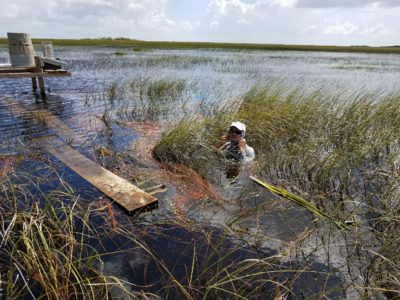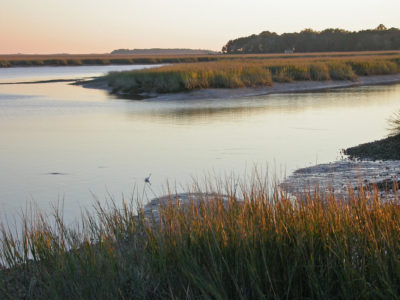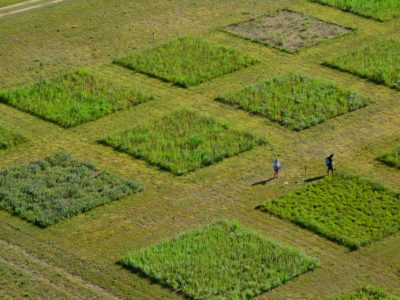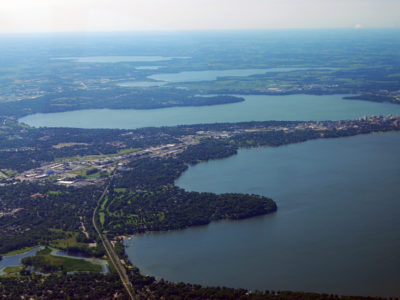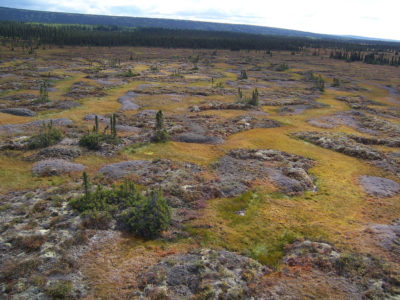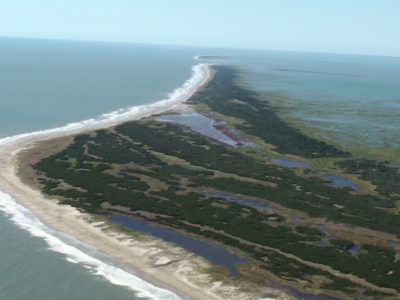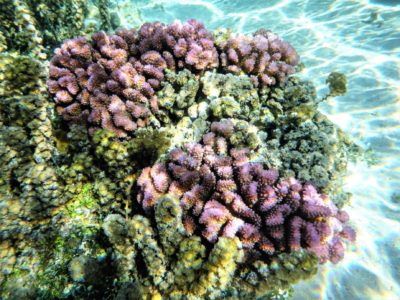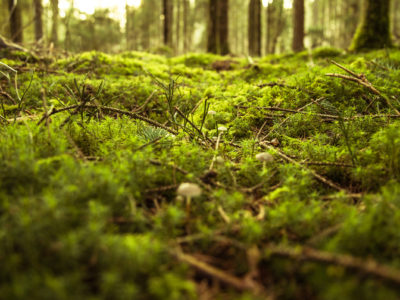Poster Sessions at the 2018 All Scientists Meeting
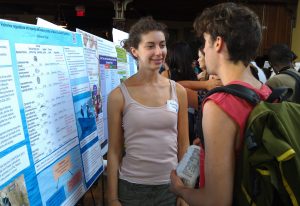
The following posters will be presented at the 2018 LTER All Scientists’ Meeting and are organized here alphabetically by last name. Session A posters (A-F001 to A-K128) will be presented on Monday evening, October 1st and Session B posters (B-F001 to B-K130) will be presented on Tuesday evening, October 2nd. Posters labeled with F are… Read more »

